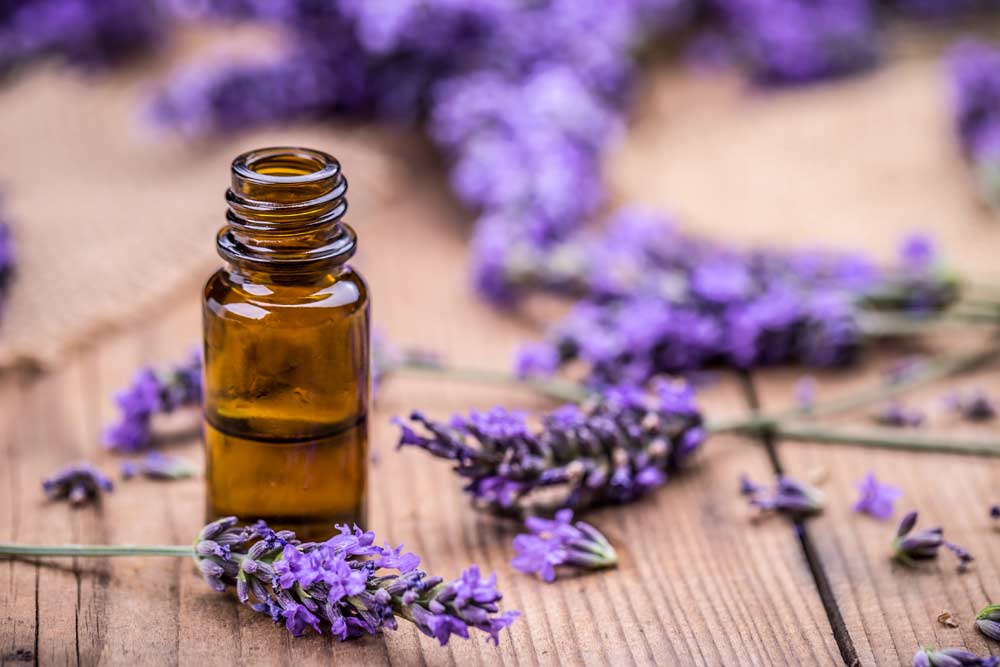Essential Oil Uses & Applications
How To Use Essential Oils Guide
Essential Oil Applications & Uses
There are three main categories of essential oil usage. However you choose to use essential oils, always be sure to start slow and pay attention to how your body reacts. Remember, when it comes to essential oils, less is more. Below is a comprehensive list of the most common uses and applications of essential oils.

Not all oils are created equal. Quality. One of the most important things to note when it comes to using essential oils is that quality varies drastically on the market. Because of a lack of industry standards and a lack of regulation on terms such as natural, pure and organic, much of what you find at the drug store is not a therapeutic grade of essential oil and may lack real quality and contain contaminants or adulterants.
Less is not necessarily more. Just enough is more.
Topically
Due to their weight, essential oils are able to penetrate the skin and pass into the bloodstream and into different areas of the body for internal therapeutic benefits. Essential oils are highly concentrated. Be sure to dilute with a carrier oil before applying any essential oil directly to the skin. I personally use V-6™ Vegetable Oil Complex, by Young Living. Some other options are, Sweet almond oil, avocado oil, and grapeseed oil. In a pinch, I use my favorite non-scented lotion.
Massage
Massage is one of the most enjoyable ways to use essential oils topically. Massaging the oils into joints, muscles, and tissues is relaxing and beneficial. Add up to 12 drops of skin safe essential oil to 1 ounce carrier oil such as sweet almond oil and massage onto yourself or partner. Keep away from eyes and genital areas. Do not apply essential oils to the skin without first diluting them adequately.
Aromatically
Using a diffuser can help you experience the benefits of essential oils. A good diffuser should use cool or room temperature air or ultrasonic vibrations to diffuse the oil into the air.
Direct Inhalation
Directly inhaling the oil can be done by holding the bottle of essential oil a few inches from the nose and breathing in the aroma, or by adding a drop the the hands and cupping them over the mouth and nose.
Indirect Inhalation
Place 1-2 drops of essential oil on a tissue. Place the tissue several inches from your nose and inhale. Try this with Vetiver when you want to promote deeper sleep! Word of caution, do not let the essential oil come in contact with skin, your eyes, nose or mouth.
Steam Inhalation
Boil 2 cups of water. Pour the water into a bowl and add 1-4 drops of oil to the water and inhale the steam. Try this with Eucalyptus Oil for respiratory health.
Household Cleaners
Many oils have natural purifying and cleansing properties and can be added to natural household cleaners. Some oils act as a natural insect repellent and pesticide. Peppermint can repel ants and many other crawling insects that like to invade the home.
Household Freshening
Add a few drops of oil to your trash can, laundry, and vacuum bag filter. I add a few drops of Purification to my laundry when I wash blankets, towels and dog beds.
Insect Repellent
Many essential oils including citronella, lavender, and peppermint act as a natural repellent against insects. Add a few drops to your water bottle, and insects be-gone.
It is important to note that constantly opening and closing your bottle does exposure it to air and increase the oxidation rate, so diffusing is not only better for your bottle of oil, but you would likely use less throughout the day too.
As with any essential oil, perform a small test patch to the skin first before using it all over. Always mix essential oils with a carrier oil or lotion first to dilute them before applying it to the skin. Women who pregnant or nursing are discouraged from using any essential oils.


